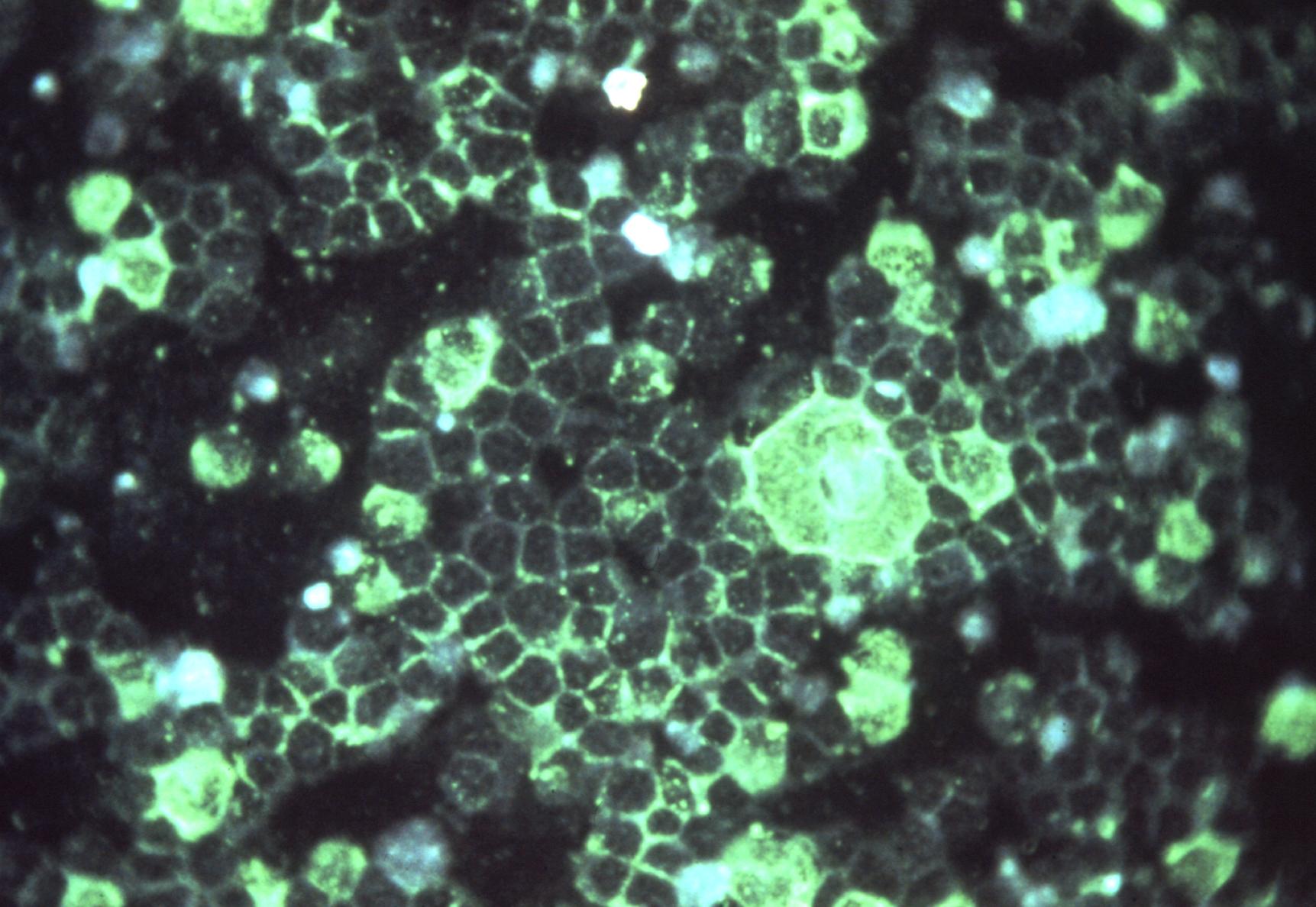Animal models of respiratory syncytial virus infection
Human respiratory syncytial virus (hRSV) is a major cause of respiratory disease and hospitalisation of infants, worldwide, and is also responsible for significant morbidity in adults and excess deaths in the elderly. There is no licensed hRSV vaccine or effective therapeutic agent. However, there are a growing number of hRSV vaccine candidates that have been developed targeting different populations at risk of hRSV infection. Animal models of hRSV play an important role in the preclinical testing of hRSV vaccine candidates and although many have shown efficacy in preclinical studies, few have progressed to clinical trials or they have had only limited success. This is, at least in part, due to the lack of animal models that fully recapitulate the pathogenesis of hRSV infection in humans. This review summarises the strengths and limitations of animal models of hRSV, which include those in which hRSV is used to infect non-human mammalian hosts, and those in which non-human pneumoviruses, such as bovine (b)RSV and pneumonia virus of mice (PVM) are studied in their natural host. Apart from chimpanzees, other non-human primates (NHP) are only semi-permissive for hRSV replication and experimental infection with large doses of virus result in little or no clinical signs of disease, and generally only mild pulmonary pathology. Other animal models such as cotton rats, mice, ferrets, guinea pigs, hamsters, chinchillas, and neonatal lambs are also only semi-permissive for hRSV. Nevertheless, mice and cotton rats have been of value in the development of monoclonal antibody prophylaxis for infants at high risk of severe hRSV infection and have provided insights into mechanisms of immunity to and pathogenesis of hRSV. However, the extent to which they predict hRSV vaccine efficacy and safety is unclear and several hRSV vaccine candidates that are completely protective in rodent models are poorly effective in chimpanzees and other NHP, such as African Green monkeys. Furthermore, interpretation of findings from many rodent and NHP models of vaccine-enhanced hRSV disease has been confounded by sensitisation to non-viral antigens present in the vaccine and challenge virus. Studies of non-human pneumoviruses in their native hosts are more likely to reflect the pathogenesis of natural hRSV infection, and experimental infection of calves with bRSV and of mice with PVM result in clinical disease and extensive pulmonary pathology. These animal models have not only been of value in studies on mechanisms of immunity to and the pathogenesis of pneumovirus infections but have also been used to evaluate hRSV vaccine concepts. Furthermore, the similarities between the epidemiology of bRSV in calves and hRSV in infants and the high level of genetic and antigenic similarity between bRSV and hRSV, make the calf model of bRSV infection a relevant model for preclinical evaluation of hRSV vaccine candidates which contain proteins that are conserved between hRSV and bRSV.
